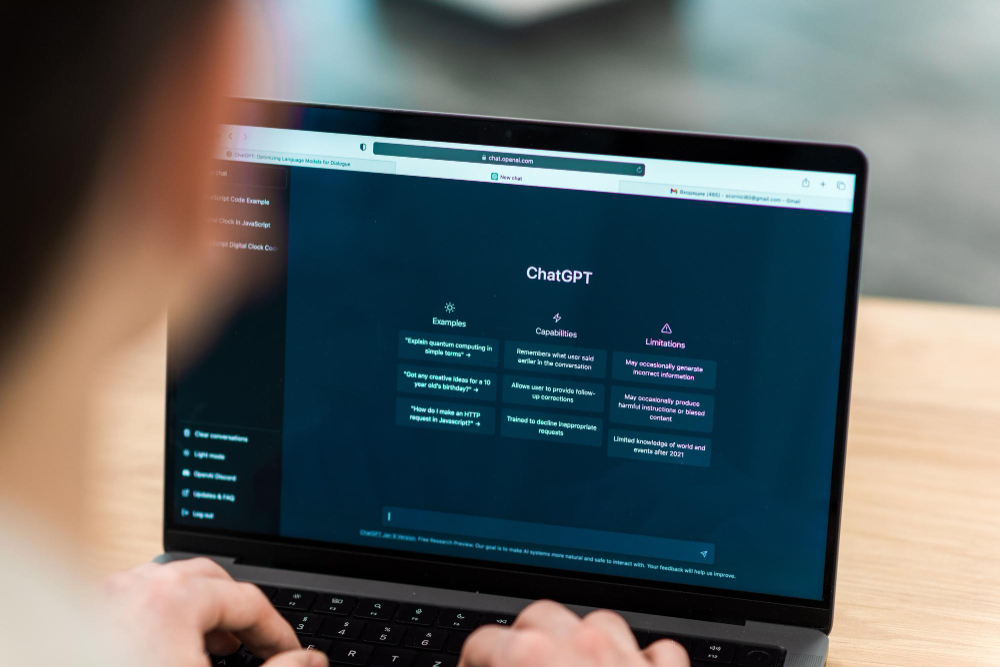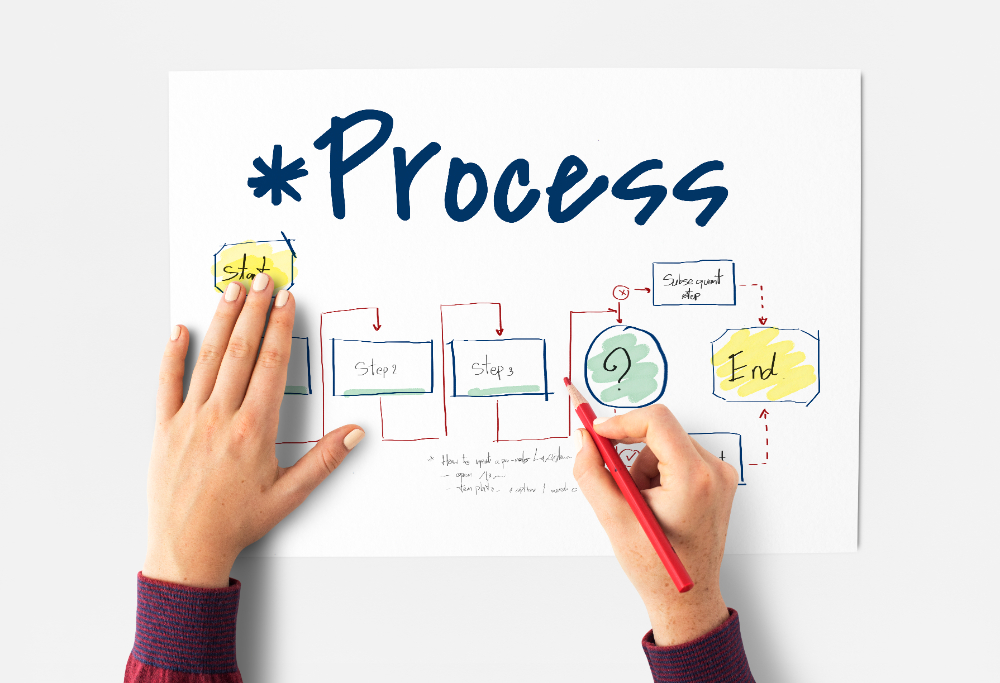Table of Contents
- The Importance of Environmental Education
- Teaching Strategies for Integrating Environmental Issues in Curriculum
- Interdisciplinary Approaches
- Project-Based Learning
- Use of Digital Tools and Resources
- Role of Different Stakeholders
- Students
- Teachers and Tutors
- Libraries and Educational Software Developers
- Parents and Community Involvement
- School Administrators and Instructional Designers
- Challenges and Solutions
- Common Challenges
- Overcoming Barriers
- Case Studies and Success Stories
- Conclusion
Sustainability in education is crucial because it promotes responsibility and decision-making in students about their surroundings. It teaches them how their actions impact the environment and how they can consume the resources carefully. To teach sustainability, students must learn about environmental sciences.
This education enables students to learn about the world around them, how it works and how they can play their role in sustaining it. Here the question is: How can teachers teach them about environmental issues in the classroom? How can different educational stakeholders play their role in it? Well, this article is going to discuss it.
The Importance of Environmental Education
Environmental education (EE) tells us about the issues of the environment and how our decisions can impact it. It raises awareness about global issues such as pollution among the students and tells them how they can sustain their environment. It can connect students with nature and build empathy and sensitivity in them.
Integrating EE in the classroom enables students to unlock their creativity as it demands hands-on learning. Students have to do different projects in the classroom to understand environmental issues. So, it can enhance their academic achievements.
It enables students to research, explore nature and build their opinions about the complex problems of the environment. This builds critical thinking, decision making and creativity in pupils. Moreover, students learn to take action regarding environmental issues that bring them closer to the community and enable them to respect different cultures around them.
Teaching Strategies for Integrating Environmental Issues in Curriculum
Interdisciplinary Approaches
The interdisciplinary approach allows teachers to integrate knowledge from different subjects into one lecture. In this way, students can learn to relate the knowledge from different courses to each other.
For example, teachers can give students the project of saving energy in school and at home. For this, they can ask them to write different ways of saving energy. This can enhance their English skills. In science class, they can learn about renewable energy resources and may create a model related to it. In the communication class, they can give presentations about this topic. This will enhance their soft skills and knowledge related to each course.
Project-Based Learning
Hands-on learning and open discussion are other amazing ways of teaching about environmental issues. Teachers can have an open discussion about the environment in the classroom that can lead students to critically think about environmental issues and how to resolve them. This discussion can lead them to projects.
Teachers can give them various projects or hands-on training in the EE classroom. For example, teachers can give them a project of setting recycling bins in the school and educate students about it. They can go on field trips or start gardening.
Use of Digital Tools and Resources
Teachers can use various digital tools in the classroom to incorporate environmental education into the curriculum. There are various AI tools for this purpose. For example, teachers can use digital simulation technology to take students into different ecosystems and let them experiment virtually on how different factors are impacting the ecosystem.
Students can use collaborative tools such as Padlet to have open-ended discussions about environmental issues outside the classroom. They can use different designing platforms such as Canva, Abode Premier and Raw Shorts to make posters and videos related to environmental issues. They can use it for campaigning projects. Various platforms provide online courses or research papers that can enhance the information of students about environmental issues.
Role of Different Stakeholders
Students
The survey by Sustainability and Environmental Education found that young people want to learn about climate change. 1 in 3 teachers are seeing anxiety in their students about environmental issues. This shows that students are willing to play a positive role in sustaining the environment.
For this, they should perform different projects their teachers are giving them about the environment. Moreover, various platforms such as Udemy, FutureLearn and Coursera provide various courses related to environmental education. Students can take it to enhance their knowledge. They can do internships in different NGOs related to environmental issues to play their role in sustaining the atmosphere.
Teachers and Tutors
The survey by Sustainability and Environmental Education also found that 70 percent of teachers feel they don't have the training to teach students about sustainability. For this, they need to focus on different resources and professional training to learn teaching strategies in this regard. They can get help from their peers by virtually collaborating with them. Moreover, they can use different AI tools such as Almanack and Mindsmith to create custom plans for students. There are tools too that can create their courses within a few minutes so they can take help from these tools to create an EE course.
Libraries and Educational Software Developers
Libraries can have sections of digital tools and resources that students can utilize to learn about environmental issues. They can provide special rooms where they can collaborate, discuss their environmental projects, and attend virtual workshops and seminars related to this issue. It can also incorporate digital simulation in its system that enables students to enhance their learning about EE.
Moreover, educational software developers can incorporate all the necessary tools a teacher needs in the LMS system.
Parents and Community Involvement
Parents should take their kids on different field trips and educate them about the environment. For example, they can take their kids to parks and let them explore different types of flowers and plants. Moreover, they can start gardening in their yards to teach their kids about sustainability. They can provide them with all the tools and resources their kids need to learn about the environment.
Community and NGOs can focus on different campaigns related to environmental issues. For example, WWF is an NGO that collaborates with different schools and universities for awareness campaigns and allows kids to do internships in them. Students can do different environmental projects in the internship to enhance their knowledge and soft skills.
School Administrators and Instructional Designers
Instructional designers should make sure to incorporate different projects, assignments and assessments about the environment in the curriculum. The administration should collaborate with different NGOs and communities to initiate different environmental programs in the school.
The Pearson School report showed that 3 in 5 teachers can create a sustainable mindset in their kids but they don't have quality resources for it. So, institutes should provide them with digital resources to incorporate EE teaching in the classroom.
Challenges and Solutions
Common Challenges
Lack of resources is the major challenge in incorporating EE into the curriculum. It includes lack of training, resources, tools, space, time and budget. Another big challenge is the resistance from the students. The learners may perceive that EE is boring. Or, they may resist the modern educational methods that are crucial to learning about EE.
Overcoming Barriers
The main solution to the whole problem is technology or AI tools. Various tools need minimum subscription fees or are free to use. Moreover, they have gamification and interactive aspects that can make classroom learning interesting. They also have online courses and resources to train teachers and enhance the information of students. So, institutes should focus on AI tools. Except for it, they can secure the funds through sponsorship, collaboration or funding. NGOs can step forward here.
Case Studies and Success Stories
Green School Bali is located in Indonesia and takes a holistic approach to sustainability. The entire campus is built from sustainable materials and they are using renewable energy resources. Moreover, they have incorporated EE in each subject while students are actively involved in different projects such as waste reduction and organic farming.
Besides that, there is another program that is an Eco-Schools program. It is an international initiative that provides a framework and resources to schools to integrate sustainability into their curriculum.
Conclusion
In short, environmental education is today's need because global warming, pollution and depletion of natural resources are happening at a fast pace. In this case, students should learn how to live a sustainable life. So, every educational stakeholder should play a role in this situation. Different online platforms can help them learn about the environment. ResearchGate and JSTOR have online articles and a thesis about it. Online educational platforms have courses related to it. Different organizations such as WWF have internship opportunities in this regard. So, students should utilize these resources to learn about the environment and play their role in saving it.

































Comments are closed.